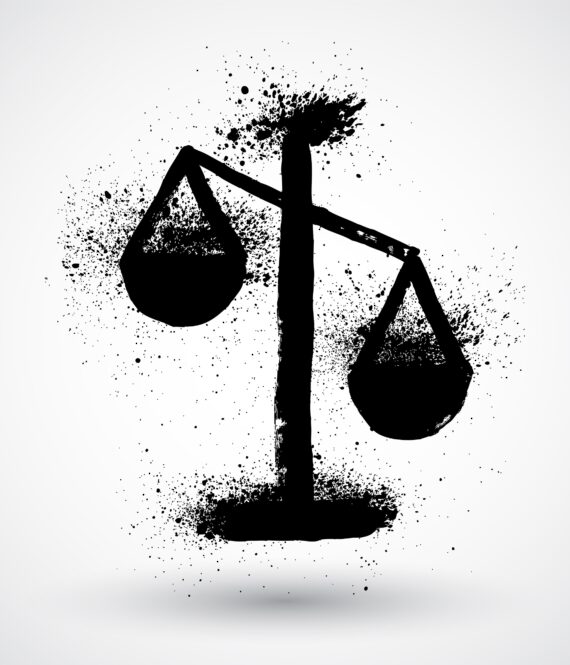Because even the highest court in the land sometimes does things… off the record.
Okay, imagine this: you're binging a new show, you wake up the next morning, and suddenly—boom—a major Supreme Court decision dropped in the middle of the night. No oral arguments, no fiery dissents read from the bench, no dramatic law student podcasts about it yet.
Surprise! That’s the Shadow Docket at work—and yes, it’s real, and yes, it kind of sounds like a Marvel villain.
Let’s dive into what it is, why it exists, and how it’s quietly making some really big decisions while you’re asleep or refreshing TikTok.

What Is the Shadow Docket?
The “Shadow Docket” isn’t a term you’ll find in the Constitution. It was coined in 2015 by law professor William Baude to describe the part of the Supreme Court’s work that flies under the radar: emergency orders, unsigned rulings, and procedural decisions that don’t go through the full, traditional hearing process.
In other words, no:
Full briefing schedule
Oral arguments
Majority opinion (with juicy dissenting takes)
Just a brief court order—sometimes just a couple of paragraphs—that can have huge national consequences.
It’s like when someone rage-texts you a life-changing decision at 2 a.m. without explanation. That’s the vibe.
So… Why Does It Exist?
Great question. The Court created this tool to deal with emergencies and administrative needs—like stopping an execution, pausing a new law, or responding to last-minute appeals.
And for a long time, it worked quietly and efficiently. Think of it like a fire extinguisher: not sexy, but occasionally life-saving.
But lately? It's become a full-blown power tool. The Court has started using it more often—and for more politically sensitive cases.
Big Cases, Small Print
You might be thinking, “Okay, but how big are we talking?” Here are some real-world examples of Shadow Docket decisions that shook things up:
Texas SB8 (2021) – The Court allowed Texas’s near-total abortion ban to go into effect—without ruling on its constitutionality. It was a one-page unsigned order. It shocked everyone. No reasoning. Just vibes.
COVID restrictions – During the pandemic, religious organizations challenged public health rules. The Court used the Shadow Docket to strike down capacity limits on churches in some states—even as it upheld them in others.
Voting rights – Orders have halted or reinstated voting laws just before elections, sometimes confusing voters and officials alike.
So yeah, this thing has teeth.
The Transparency Problem
The main critique of the Shadow Docket? Lack of transparency.
When the Court rules this way, we usually don’t get:
A breakdown of who voted which way
Detailed legal reasoning
An opportunity for public debate or oral argument
That’s a big deal in a democracy where courts are supposed to explain themselves—especially when the outcomes shape policy for millions.
Imagine if your boss changed your entire job description but left the note on a sticky note on your desk, unsigned, with no explanation. That’s kind of what this feels like.
Why It’s Controversial
The increase in high-stakes Shadow Docket decisions has drawn heat from:
Legal scholars, who worry it's being abused for politics.
Members of Congress, who’ve held hearings to ask, “Uh, what’s going on?”
Even Supreme Court Justices, like Justice Elena Kagan, who said the Court risks losing public trust when it makes “important rulings without full briefing or oral argument.”
And she’s right. People tend to trust decisions more when they can see the logic—even if they disagree with the outcome. (Like pineapple on pizza. You can defend it. Should you? Debatable.)
So What Would Fix It?
To be clear: the Shadow Docket isn't going away. But there are ideas to make it better:
More transparency: Even short orders could be signed, or offer basic reasoning.
Standardized process: Making sure emergency appeals follow consistent rules.
Congressional oversight: Some want Congress to set clearer limits on what kinds of cases the Court can decide this way.
Basically: make it less like a secret group chat and more like a press conference.
Why You Should Care
Even if you never plan to step foot in a courtroom, the Shadow Docket shapes:
Who can vote
Who has access to healthcare
Whether states can enforce certain laws
How rights are interpreted in real time
And all without the drama and fanfare you’d expect from the highest court in the land.
The Constitution didn’t explicitly create the Shadow Docket—but it also didn’t say the Court could time-travel and deliver rulings before breakfast. Yet here we are, with real-world consequences coming from these late-night, low-profile decisions.
Final Thought: The Court in the Shadows
The Supreme Court is often treated like a temple of logic and law. But like every human institution, it has its quirks, shortcuts, and side hustles. The Shadow Docket is one of those.
And while it might sound niche (or like a Batman villain), it’s become one of the most powerful—and least understood—ways the Court shapes the country.
So next time you hear the phrase “Supreme Court ruling,” don’t just picture marble columns and long-winded opinions. Sometimes, it’s just a quiet order, posted late at night, changing everything before you even finish your morning coffee.
Comments
Post a Comment